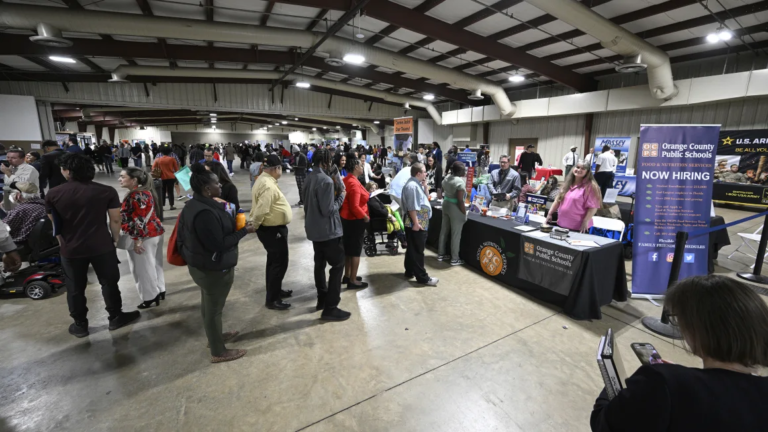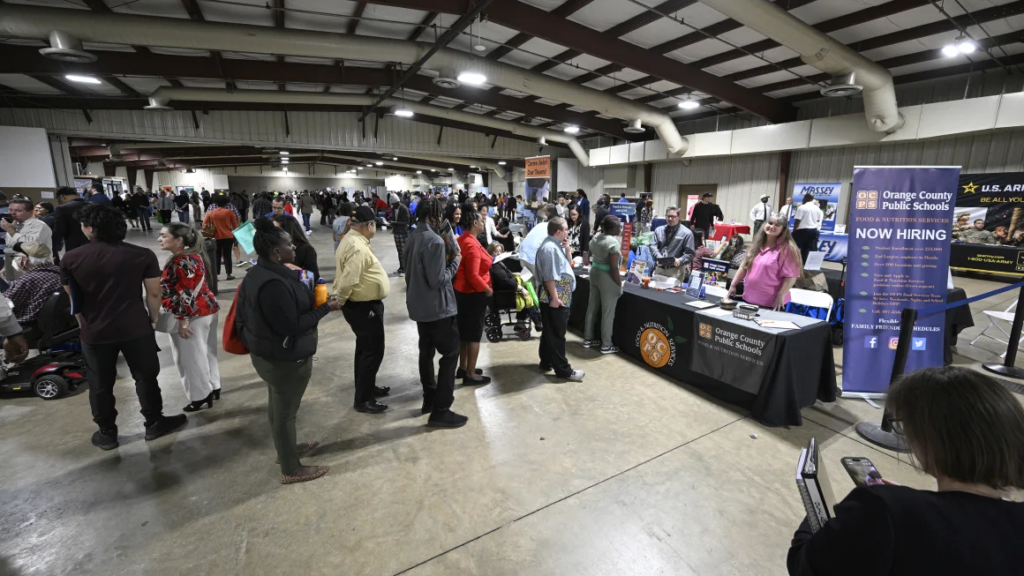Shoppers in the U.S. are seeing some relief from hefty tariffs on inexpensive Chinese goods, but significant duties remain, continuing to affect millions who rely on ultra-affordable products from popular online stores like Shein and Temu.
The Trump administration has reduced the tariff on “de minimis” shipments—those valued at $800 or less—arriving from China via postal services like USPS, cutting it from a staggering 120% down to 54%. For packages sent by commercial carriers such as UPS and FedEx, the tariff dropped from 145% to 30%. Additionally, a planned increase in the flat-fee charge for postal items, from $100 to $200 starting June 1, was halted by an executive order issued Monday, which took effect shortly after midnight Wednesday.
These tariff adjustments illustrate the current ups and downs of the US-China trade relationship. While tensions are easing compared to the height of the trade war, full normalization remains distant. On the same day the U.S. eased some tariffs, China also lowered its tariffs on American goods to 10% for 90 days. The U.S. tariffs, however, still pile on top of existing levies established before Trump began his second term.

The executive order primarily reduced the postal tariff on low-value packages. Postal shipments from China now face a 54% tariff, but shipments handled by express couriers still confront the baseline 30% tariff—an expensive barrier for many consumers and businesses.
Many Americans, especially lower-income shoppers, depend on affordable imports from China for everyday essentials like clothing and household goods. Trade experts warn that these tariffs will likely result in higher prices and longer delivery times, putting strain on wallets and patience.
Clark Packard, a trade policy fellow at the Cato Institute, noted that while the new rates are less severe than before, the tariffs continue to disrupt access to low-cost goods many Americans count on.
The de minimis exemption previously allowed Chinese e-commerce giants like Shein and Temu to flood the U.S. market with cheap items. However, after Trump first imposed steep tariffs, chaos followed: USPS briefly stopped delivering parcels from China, and shipping delays worsened. When the exemption recently expired, consumers reported price hikes and struggled to shop on these platforms.
In response, Temu announced a new shipping strategy, sending orders through U.S.-based sellers to maintain price stability for American customers. The company is also expanding U.S. warehouses to reduce shipping times, a move mirrored by Shein, which has been stockpiling goods in U.S. warehouses since last year.
Despite these adjustments, some products on Temu are already running low or disappearing, leaving shoppers frustrated.
The tariffs also reflect U.S. concerns over the smuggling of illegal substances like fentanyl through low-value packages—a key reason behind maintaining higher tariffs on these imports. Critics argue that the de minimis exemption harms domestic businesses and exposes consumers to counterfeit or unsafe products.
Economic research highlights the disproportionate impact on poorer communities: nearly half of de minimis shipments go to the lowest-income ZIP codes, while only about 22% reach wealthier areas. This means budget-conscious households will bear the brunt of these tariff-related price increases.
As the trade seesaw continues, Chinese e-commerce companies are likely to ramp up stocking in the U.S. to prepare for upcoming peak shopping seasons, but for now, many Americans face tighter budgets and longer waits for affordable imports.




















